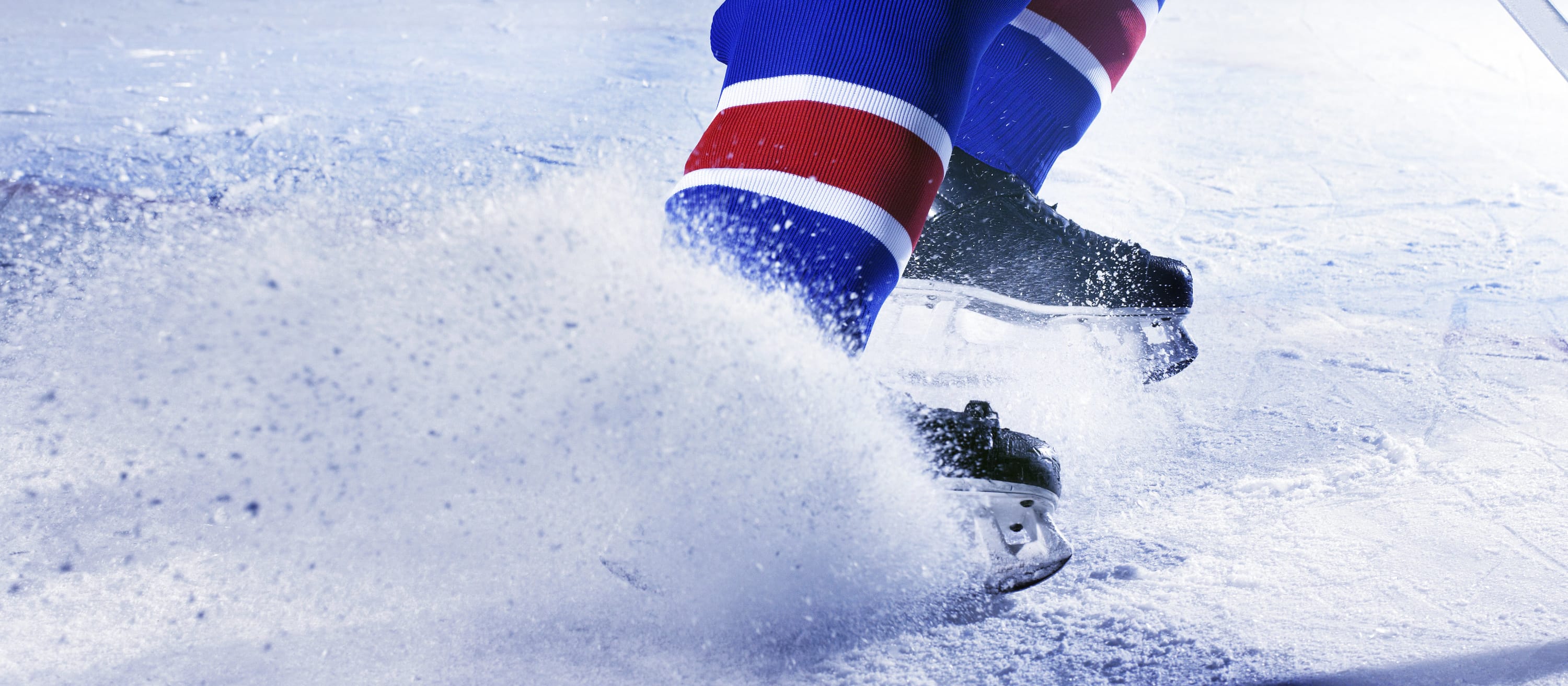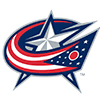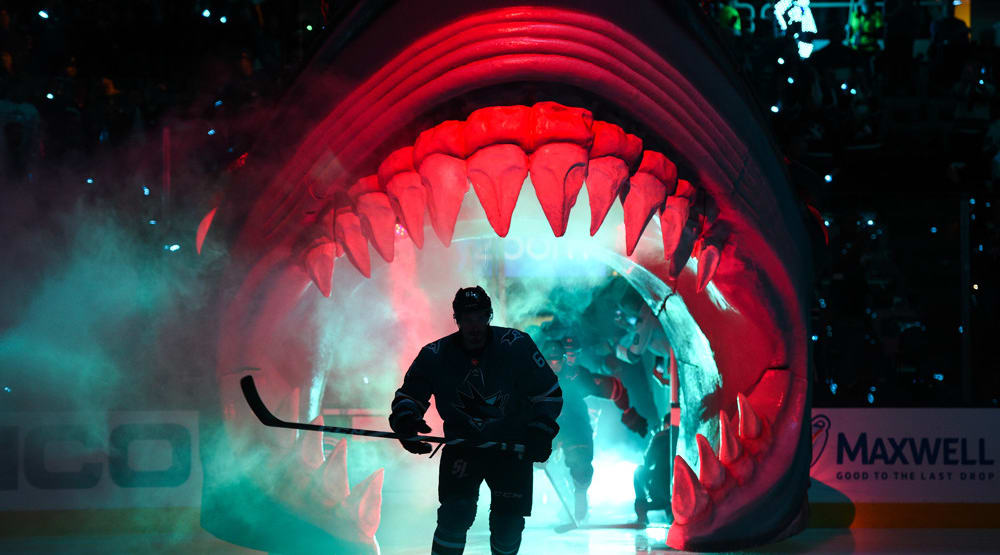With a little over two more months of the regular season left, the injury hits become more and more important. Any serious injury requiring an extended absence greater than eight weeks puts the player at jeopardy of being able to come back this season. Such is the case with players that will need surgery.
Scottie Uphall of Florida will be having sport hernia repair this week. As we have seen in the past, the surgery can take a good 2-3 months of recovery and rehabilitation time. The difficulty with this surgery is that the surgery repairs abdominal muscle close to the pelvic so the groin region is significantly affected. Recovery can be slow and cautious. You don't want to strain the healing tissue nor do you want to overwork the area and develop any secondary condition such as groin stains or abdominal strains that may limit or hamper the player's recovery. Initially, Uphall will not be allowed any strenuous motion so as not to damage the surgical site. Once the tissue is sufficiently healed, gentle range of motion and isometric exercises may be slowly implemented. Then there will be a very controlled progression to increase the player's core strength. Later the use of the legs will be integrated in more of a functional manner to as to start to build power and strength. In Uphall's case, the probability is not in his favor that he returns this season but it is not a definitely certainty until the team reports it.
With a little over two more months of the regular season left, the injury hits become more and more important. Any serious injury requiring an extended absence greater than eight weeks puts the player at jeopardy of being able to come back this season. Such is the case with players that will need surgery.
Scottie Uphall of Florida will be having sport hernia repair this week. As we have seen in the past, the surgery can take a good 2-3 months of recovery and rehabilitation time. The difficulty with this surgery is that the surgery repairs abdominal muscle close to the pelvic so the groin region is significantly affected. Recovery can be slow and cautious. You don't want to strain the healing tissue nor do you want to overwork the area and develop any secondary condition such as groin stains or abdominal strains that may limit or hamper the player's recovery. Initially, Uphall will not be allowed any strenuous motion so as not to damage the surgical site. Once the tissue is sufficiently healed, gentle range of motion and isometric exercises may be slowly implemented. Then there will be a very controlled progression to increase the player's core strength. Later the use of the legs will be integrated in more of a functional manner to as to start to build power and strength. In Uphall's case, the probability is not in his favor that he returns this season but it is not a definitely certainty until the team reports it.
Mike Green of Washington had sports hernia repair January 17 and has already started light skating. This seems quite fast for him to be on the ice but he must be healing very quickly. He is probably not doing any with any power or speed, but to be able to start to move the legs in a lateral or side-to-side manner does reflect some good stability in his hip/groin muscles. One has to be careful that early activities like this do not over recruit the groin muscle or adductors because then this may develop in to a groin strain or tendonitis type issue. I would not be surprised if the training staff decided to slow him a little and limit his skating so as not to develop any long term issue. We have seen players with sports hernia repairs develop groin issues in the future and vise a versa. This is hard to do in professional sports but rest is some times crucial for good long term recovery. Green's status looks good because he is skating already, but you never can tell until there is further support of continued progress. It would be safe to say that he will be back before the end of the season if his current skating status reflects his true level of recovery. But we'll keep our fingers crossed for a little longer.
Ryan White of Montreal is another player that had sports hernia repair. He is further along in the recovery process. He has been sent to AHL Hamilton for what is probably his conditioning phase. This type of step down training is important because it is good to see how the abdominal and groin region will respond to real game situation. They can limit the shifts and use it as a training/conditioning program so he can build up his ice time before he gets back to the NHL where this type of control is less likely. He will definitely return prior to the end of the season.
One player that will definitely not be back this season is Mark Dekanich of Columbus. He is to Brostrom surgery to repair chronic lateral instability. This surgery requires possible repair of lateral ankle ligaments and tendons to re-establish lateral ankle stability. Due to the extensive soft tissue involvement, the healing time is long. Usually, the player will be in a cast/boot for 4-to-6 weeks and will be non-weight bearing. After words, he will be switched to a cam boot and will have limited weight bearing another couple of weeks. Then he will be allowed to start weight bearing as tolerated. As you can see, it has already been around 2 months before the player has done anything. Then the pain staking rehab process begins. Initially, they will have to get the range of motion back in the ankle. Slow instruction of isometric strengthening exercises and proprioceptive activities will be introduced. Over the course of the next 3-4 months, the strength and balance program will be progressed. If everything goes well, the month or so will be primarily devoted to re-integrating everything in to the sport or functional activity, in this case hockey. Complete recovery may take up to towards 9 months to be back at 100% depending on if there are any set backs or if the player takes a little longer to heal. Since healing and recovery is not an exact science and is dependent on the individual, the player has to be patient especially in the beginning to make sure that they work on the basics prior to progressing. Progressing too quickly may lead to compensations and abnormal movement patterns.
Even nonsurgical problems can be unpredictable and have long term rehab implications. Such is the case of Lee Stempniak of Calgary. He is diagnosed with a high ankle sprain. The problem with high ankle sprains is that most problematic or aggravating movements are movements that are common in hockey. Lateral or rotational movements are key components in skating but these movements are also the most aggravating for high ankle sprains. Being pain-free is not the only indicator of when a player is ready to go back on the ice. He need to demonstrate good balance and stability with static rotational movements on one leg as well as dynamic movements such as jumping from one leg to another but with a quarter turn or the use of a sliding board to mimic skating may be implemented to see how well they can push off laterally. He has a good chance of returning before the end of the season but we have seen these types of injuries keep players off the ice for longer than expected so we'll have to how things go during the first month to check his progress.
The most recent update for Sidney Crosby of Pittsburgh now has him diagnosed with a neck injury in addition to his concussion symptoms. So I wonder how much of what he is experiencing is due to a head injury and how much is due to the neck injury. Neck injuries can cause people to have headaches and injuries to the soft tissue and blood vessels in the neck can also produce other symptoms like dizziness. If there is a mechanical component such as stiff cervical (neck) segments, gentle mobilization can assist loosening these joints which may help improve neck motion and decrease the episodes of headaches as long as they cervicogenic in origin. Cervical stabilization exercises will also assist in improving cervical motor control so proper alignment is maintained during motion.




























